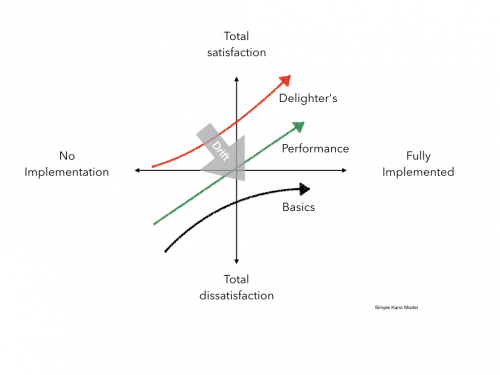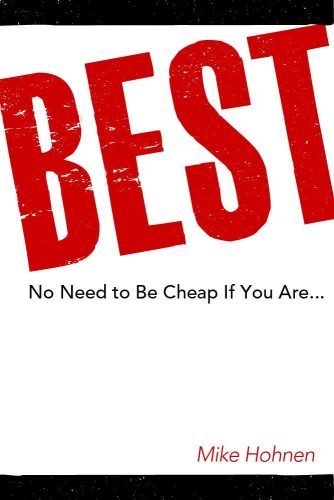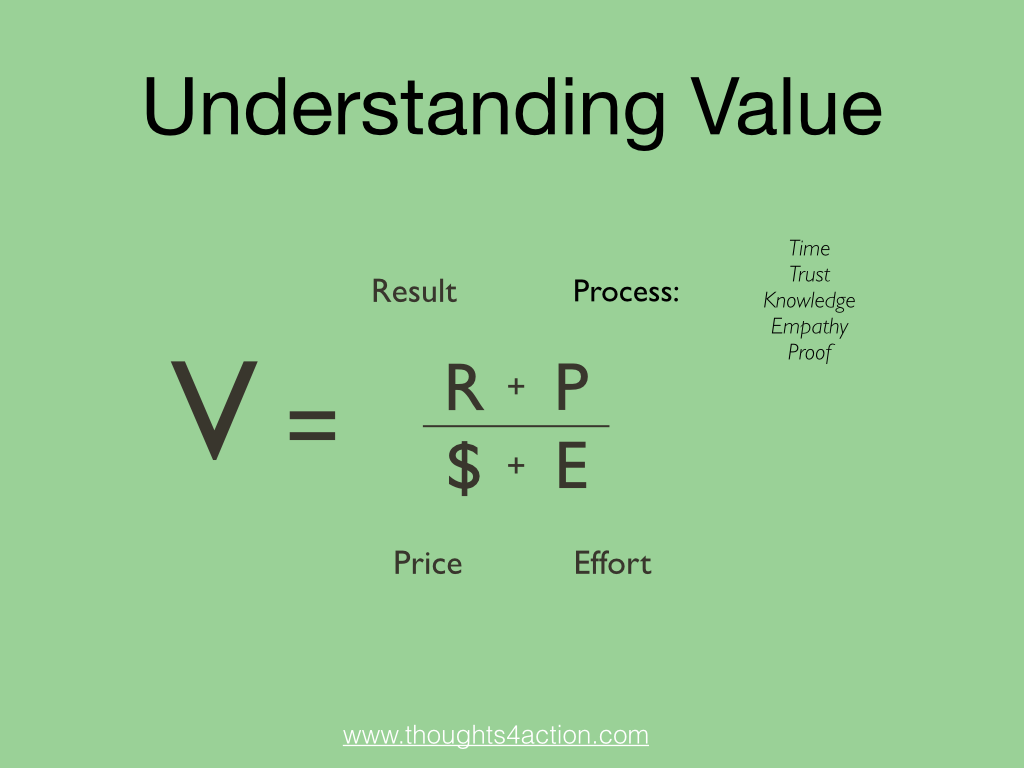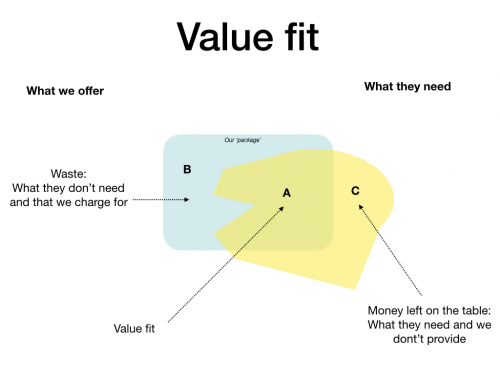 Everywhere you look, every ‘expert’ on service is telling you that the name of the game is to provide values. And that is true. No value, no business. Everytime you see a high profile brand or product tanks and disappears from the horizon, just think Nokia, Polaroid Kodak, it is basically because they lost it. From the customer perspective, they were no longer providing values.
Everywhere you look, every ‘expert’ on service is telling you that the name of the game is to provide values. And that is true. No value, no business. Everytime you see a high profile brand or product tanks and disappears from the horizon, just think Nokia, Polaroid Kodak, it is basically because they lost it. From the customer perspective, they were no longer providing values.
In the drawing above, the square box represents the company’s offering. It is deliberately drawn as a square to illustrate that we often fall into the trap of having a set solution, a basic service package, our way of doing it. The polygon illustrates the uneven, ever-changing needs of our customers. So, when we overlay what we offer with what they need, we get three zones. The overlap represents the fit (A) where we meet customer needs. The better the fit, the more values we are providing. B is the part of our offering that we charge for, but what the customer does not actually need. And C is the money left lying on the table, in the sense that this is what the customer would really like, but they cannot find it with us and, therefore, either go without it (frustration) or source it from someone else.
Market leaders in a given segment easily get wrapped up in the beauties and benefits of their own products. When they do, the value fit shrinks.
Typically what happens is that they drift slowly from being the customer-centric companies that they were when they were created, and as a result of over-focus on their own attributes and brilliance, they gradually become more and more product-centric.
This is the danger that lies in the asymmetry that is at the core of the service purchase. What the customer purchases is not what the supplier thinks he is selling. When we forget that, we get lost.
In order to avoid that, we need to understand the the crucial difference between an inside-out and outside-in customer strategy
Basically you have three options:
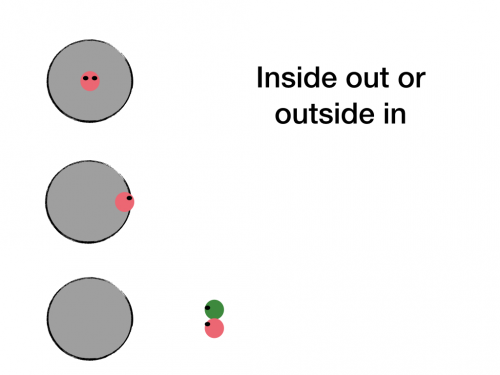
- I stay behind my own walls, convinced that what I do is great. Great service, great product. It is so great that the world will always beat a path to my door, as they have done in the past. Those who are not here with me must be idiots.As a consequence, I become a hostage of my own past patterns. I look at and understand the world through a filter that is primarily composed of what has worked previously, not realising at all that none of the tomorrow’s problems will be solved with yesterday’s solutions.
- I venture to my window from time to time to look out and observe the world. Still, from the security of my own tower, I shake my head at what is going on out there and thank the Lord that I have the right solution. I may feel some concerns, or even frustrations, that out there “they” don’t get it. Maybe I should start thinking of ways to make them listen and understand, possibly turn up the advertising, or make more noise. Or maybe I should start by sending out a survey. I delude myself that I have understood the world by looking out the window.
- I leave the security of my tower. I stand next to my customers and together we look at what it is that I am offering. I even try to walk in their shoes for a while and gradually I start to understand what it really means to be in their place. It scares the living daylight out of me to suddenly be in such a vulnerable position.
Only option three will enable you to maximise the value fit.
That is is why the whole philosophy of Service Design Thinking is so important. This is the toolbox that will help you transition from inside out to outside in thinking in your organisation.

